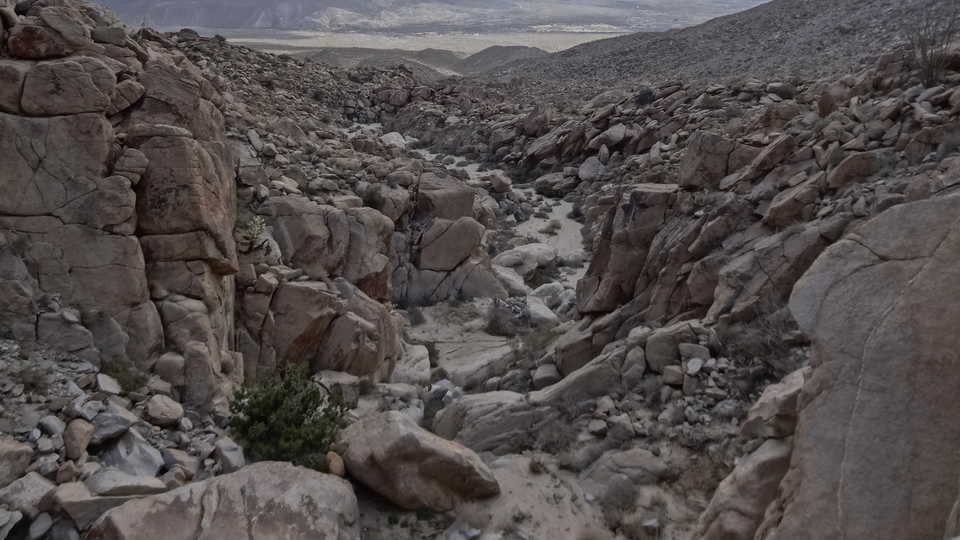Science News
Continuing Drought

While the entire population of California holds its breath for an El Niño to deliver drenching rainstorms to a parched state, a new report by the Public Policy Institute of California (PPIC) considers a less hopeful scenario. If the drought does continue for another two to three years, ecosystems and poor rural communities will suffer the most.
The report draws on wide-ranging data sources and conversations with officials, businesses, and community stakeholders on the frontlines of drought management. Its findings: while farmers have been hit hard, they’re adapting. And cities and suburbs could withstand more years of drought due to investments in new and diverse water supplies, conservation, and management.
But California’s freshwater habitats and forested lands, already severely affected, will continue to face huge challenges and force difficult trade-offs. These could include the extinction of as many as 18 species of native fish, including most salmon runs, and high mortality for waterbirds that use the Pacific Flyway.
In some rural communities, wells are expected to run dry at an increasing pace, according to the new study. As of last month, more than 2,000 dry wells were reported in communities that are home to some of California’s most vulnerable residents.
And as we’ve witnessed over the last few months, continued drought also brings a high risk of severe fires that would threaten local communities, watersheds, wildlife, infrastructure, and air quality.
California’s economy will continue to suffer from an ongoing drought, too. In agriculture, roughly 550,000 acres are kept fallow for each year the drought persists, according to another new report by UC Davis. The study estimates that water shortages cost the state’s economy more than $2.8 billion and more than 21,000 full-time, part-time, and seasonal jobs annually.
The report also offers solutions to ease the impact of continued drought. It recommends better management of groundwater resources, expanded emergency support programs for rural communities, short- and long-term drought plans to help fish and other wildlife, and improved forestry and fire management.
“If the drought continues, emergency programs will need to be significantly expanded to get drinking water to rural residents and prevent major losses of waterbirds and extinctions of native fish species,” says Jeffrey Mount, senior fellow at the PPIC Water Policy Center. “California needs a longer-term effort to build drought resilience in the most vulnerable areas.”
Image: momo go/Flickr